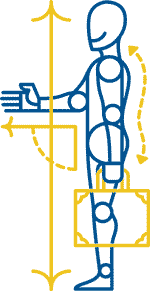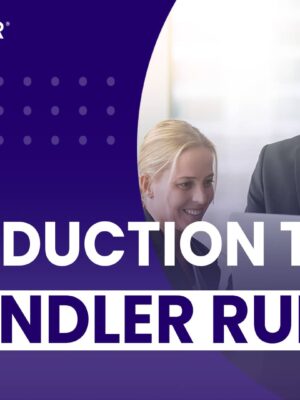Posturing Language

Over time, every successful salesperson comes to the conclusion that having the proper selling posture during the sales interview is critical. Many sales people are still struggling to understand this concept.
When we talk about posture, we are talking about the attitude reflected in the communication of the salesperson. We know that the message we send in our communication is made up of our body language, our tonality, and our words. However, how we mix those three elements creates a particular attitude that is palpable to our receiver.
There are three primary language postures.
- Superior: In this style, the salesperson takes the position of being superior to the prospect. The manner in which they communicate would suggest they are better than the prospect andare talking down to them. The superior posture is overly “I” centered and typically sends the message of aggressiveness. Superior posture has a low tolerance for anyone else’s opinion. Often times, they speak with a loud and overbearing in tone.
- Equal: The posture of equality is the most desirable posture for a salesperson. This style communicates confidence to the prospect. The equal posture requires the salesperson to adopt an attitude of equal business stature with the prospect. The equal posture creates a respectful, yet highly assertive environment where the salesperson is in control of the selling process. The equal posture speaks clearly with authority, and places a high priority on having his rights respected. All issues are addressed with confidence, including those that may be difficult and uncomfortable for the prospect.
- Inferior: Unfortunately, this is where too many salespeople communicate. In this posture, the seller will quickly acquiesce control of the sales dialogue to the prospect. They send the message that the prospect has the power and the salesperson is honored to be in their presence. Inferior posturing too easily provides the prospect a way out without addressing the difficult questions. The inferior salesperson allows themselves to be manipulated in order to avoid conflict. They take a literal interpretation of “the customer is always right.”
Salespeople who understand their job is to go to the bank while meeting the needs of the prospect, always work from a posture of equality. This is an essential attitude to bring to our communications with prospects.
We all develop a pattern of communication that is comfortable and becomes a habit for us. A Sandler trained salesperson understands this and recognizes how to adjust communication in the selling process to create lasting customer relationships built on an equal stature business relationship.







